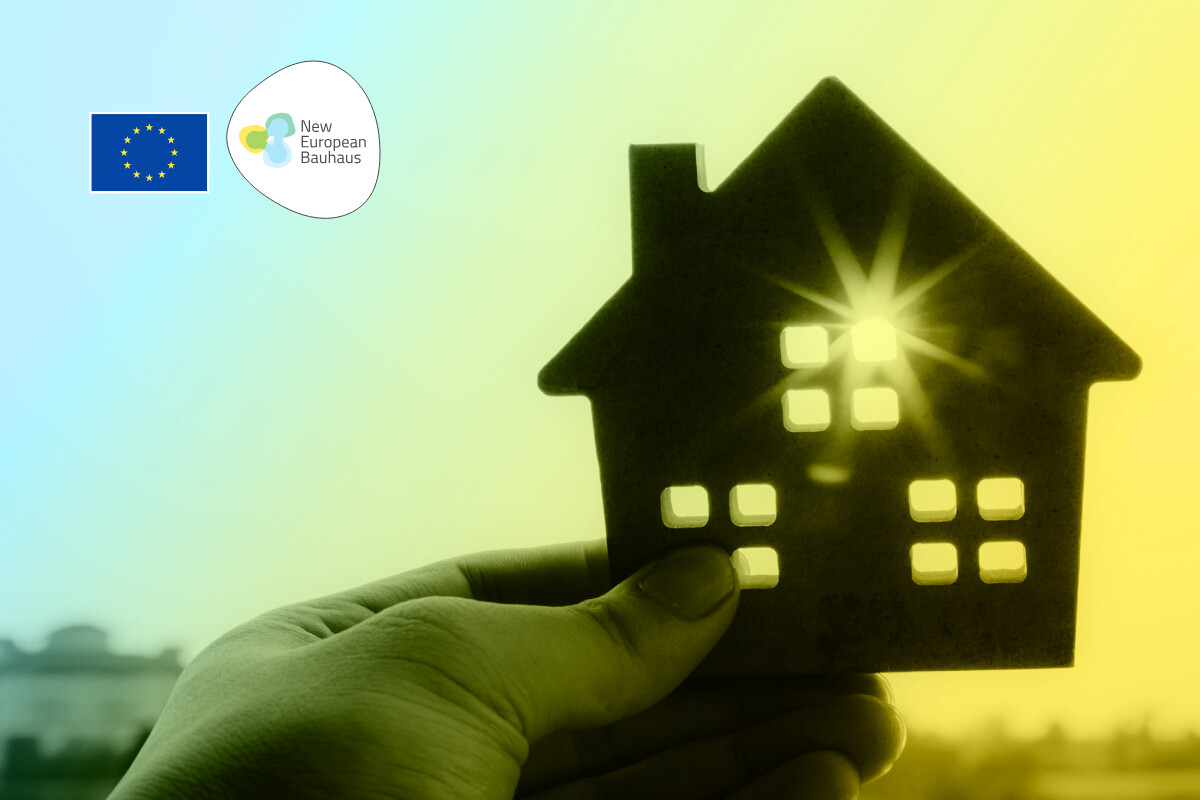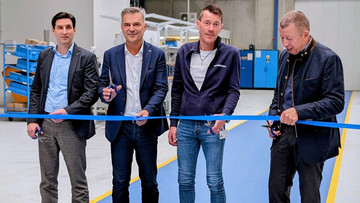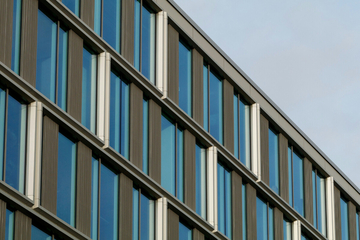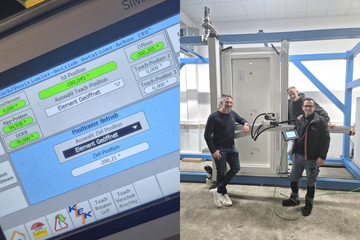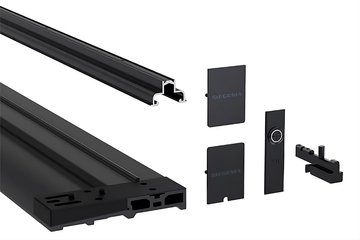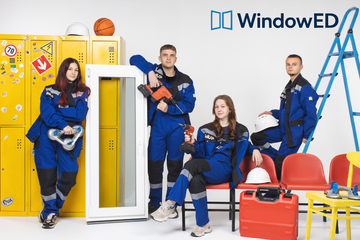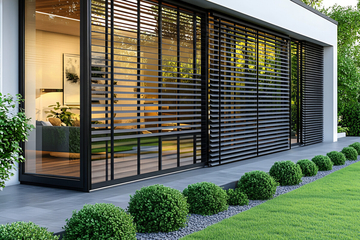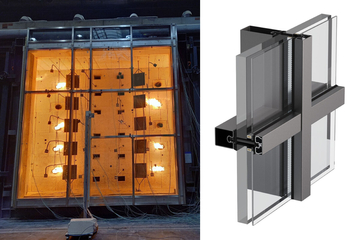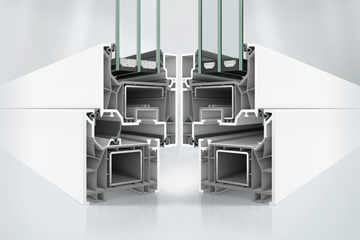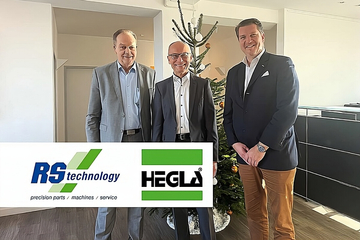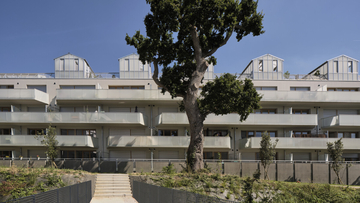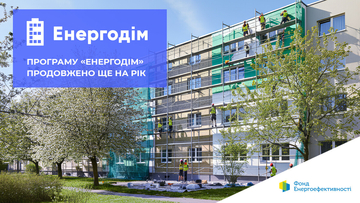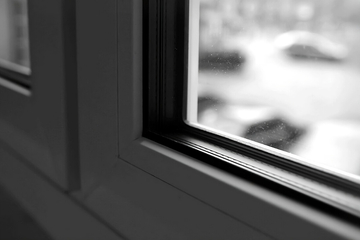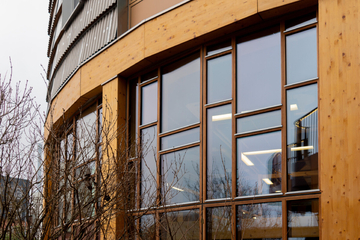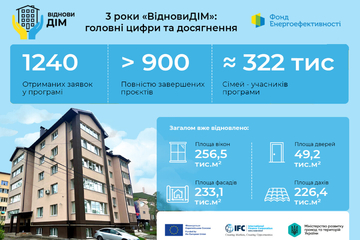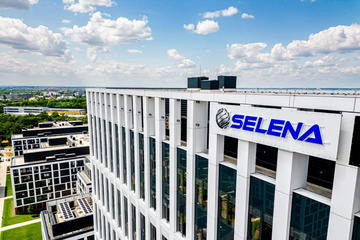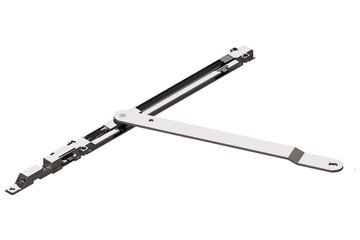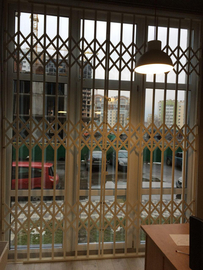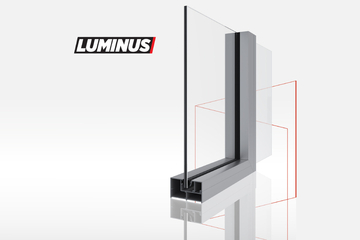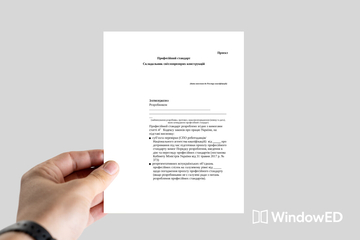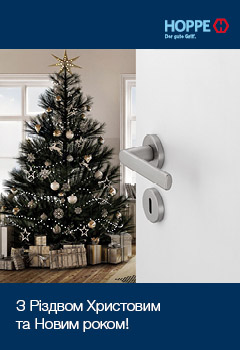The recommendations are designed to stimulate investments that transform buildings, open spaces, and neighborhoods, considering aesthetic aspirations, commitment to sustainable development, and the affirmation of social values, inclusion, and accessibility. Among the recommendations:
- To incorporate nature into everyday urban life and improve citizens' well-being, windows and doors play an important role. They are responsible for ventilation and natural lighting inside buildings. Natural light should ideally come from at least two directions to improve people's experience indoors. Natural light and ventilation are important for all spaces, including staircases, corridors, bathrooms, etc.
- To mitigate the effects of climate change, it is recommended to prioritize passive solutions. This includes considering the orientation of the building, the location and size of windows, the energy efficiency of glazing and insulation of enclosing structures, creating green roofs, providing shading with vegetation or blinds, etc. Passive design strategies also help reduce initial and ongoing construction and operating costs, making buildings more accessible.
- To ensure mobile accessibility, apply the principles of universal design. Create accessible entrances, preferably without stairs, or with ramps, wide doorways, or automatic doors.
Read also: The Ukrainian Ministry of Infrastructure has launched an information campaign on physical accessibility.
The investment recommendations of the New European Bauhaus↗️ are designed as a practical tool to increase investments in NEB projects through the NEB Fund and EU programs, as well as other funding sources supporting the implementation of NEB.
All EU member states are expected to invest in the built environment to address challenges such as achieving climate neutrality, adapting to climate change, rapid urbanization, responding to humanitarian crises, as well as ensuring affordable and quality housing, construction, and renovation.
